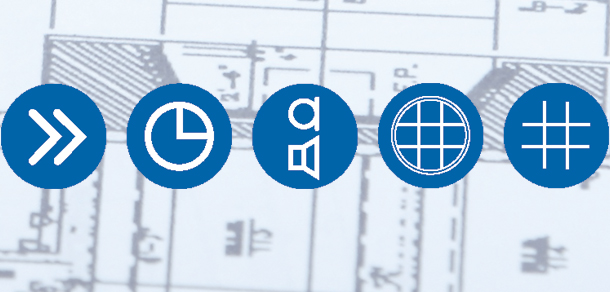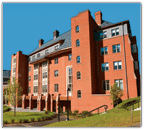Physical access control in new construction
Starting from scratch opens doors for cloud-based access, wireless locksets and more
10 August, 2016
category: Contactless, Corporate, Financial, Government, Smart Cards
Pre-construction considerations
A new building requires companies to consider what they want for their physical access control system in terms of security, efficiency and convenience, Aikin says. That means looking at factors like the number of tenants and how dynamic their access rights will be.
Then there are the different needs for different building tenants. A doctor’s office, for example, will have different needs than a small business. Locations with heavy foot traffic will be different than those that do not serve a visiting customer base, and high-traffic areas might require additional layers of security.
Service maintenance and upgrades is another key factor when mapping out physical access control. Some companies are moving to a hardware-as-a-service model to avoid the problem that comes with relying on old hardware to keep up with new software. “We upgrade our iPhones every six months and our software every two weeks,” Barry says. “If you can do it on your phone, you should be able to do it with your office building.”
It’s an arms race. Find the strongest card you can, and you’ll probably get some good life out of it before it’s compromised.
Because more security systems are connected to the cloud, Van Till suggests that companies should think about having two different Internet service providers coming into their office for the sake of redundancy. That way if one provider goes down, the other is still there to ensure security. “In the days before security systems were connected to the cloud, you didn’t have to think as much about redundancy in your ISP connections,” he says. “But now that it’s become an essential part of business continuity, it’s something that you need to add to your checklist.”
A proper risk assessment can be a good first step to help identify critical areas of the building and what types of security are needed, says Rick Focke, senior product manager for Tyco Security Products. New construction accounts for about one-third of Tyco’s physical access control market.
The next step, Focke says, would be to look for the most secure credential available, possibly one with biometrics. “It’s an arms race,” he says. “Find the strongest card you can, and you’ll probably get some good life out of it before it’s compromised.”
Hard wiring vs. wireless
Wireless door locks and the other advancements in physical access control don’t seem to preclude the need for hard wiring in new buildings. “Wires are diminishing, but they’ll be with us for quite some time,” Van Till says.
The battery life of wireless devices is limited to about 12 to 24 months, assuming 50 to 100 cycles of use per day. For a high traffic area such as the perimeter of a building, which could easily exceed 100 cycles per day, hard wiring continues to be the more cost efficient option. And in many cases, perimeter doors and heavier entrance devices, such as roll-up garage doors, are not yet available in a wireless configuration.
“There are a lot of great advancements, but there’s still not one solution that fits every access point in the building,” Aikin says.
There are compromises that come with using wireless locksets in terms of alarm response time and speed of updates. Often these locks do not continuously communicate with the server, as this would reduce battery life to just weeks or months. Instead, locksets commonly check for updates every hour.
However small, considerations such as these do have an impact on security. “They’re getting better, but they’re still not as secure as your traditional wired door,” Focke says. Still, he believes it’s worth looking at which areas of a new building would be suited to wireless locksets.
Wiegand vs. Ethernet
The traditional Wiegand interface continues to be the norm even for new construction, likely because it’s been around for so long and people are used to it, says Aikin. But an increasing number of companies are opting for newer Ethernet-based systems as a more secure option, whether hard-wired or wireless.
“Wiegand is still what the installation channels are most comfortable with,” Aikin says of Wiegand. “But in a new building, Ethernet is the fastest growing option because of its ability to leverage the new infrastructure.”
This idea of leveraging new infrastructure is key in new construction. Building a facility from scratch presents a once-in-a-lifetime opportunity to plan and deploy future-proof physical access control systems.





